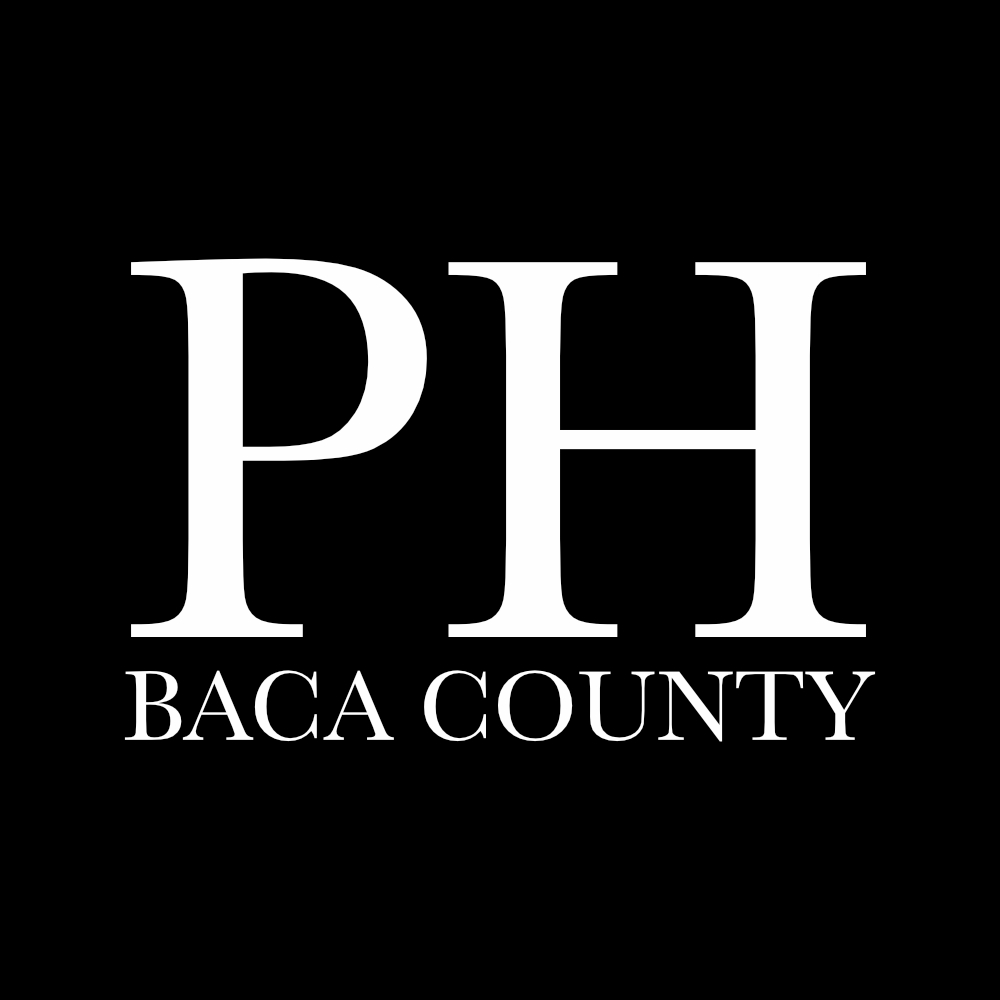The “Noted Burying Ground” or Boston, Colorado Cemetery shown in the Dec 2018 photo below is all that is left of what was Boston, Colorado of the Southeast Colorado plains. There are two issues that must be clarified as we give you a bit of this story.
- The Southeast plains reference is important as there was an 1880s mining town in Colorado also called Boston and if you search for “Boston, Colorado” that is what you are likely to find.
- The sign in the image below shows “1885” but the town was not platted and staked out until November of 1886.

Old west stories often focus on brothels, lynchings, and gunslingers. The 1880s boom town Boston, Colorado, had all of those in excess from 1886-1889. The town founders were counting on becoming the county seat of new Southeast Colorado County and hoped to catch the railroad. A country seat fight ensue and neither of those happened. After a tumultuous 2 1/2 years and a classic old west gun battle in April 1889 the town was destroyed and subsequently abandoned. Though short-lived, Boston was home to a wide range of personalities in addition to the cowboys and outlaws. The leadership of the town included the Jennings Gang before they went to Oklahoma and began robbing trains.

1889 Map incorrectly showing Boston as the County Seat of Baca County Colorado. Springfield won that County seat fight in 1889.
It was on the eve of November 15, 1886, several men stopped on the Southeast Colorado plains to stay overnight at the home of the Semion Konkel. In this company, there was a Mr. Albert Hughes, Judge Jennings and his two sons Al and Ed. The next day the men traveled two miles south and eight west to a townsite which they surveyed and staked out, thus establishing the town of Boston Colorado. Frontier newspaperman Sam Konkel joined the Hughes and Jennings to start and promote Boston. The town founders never intended for Boston to be a trail town or cow town. The town founders foresaw a grand and glorious hub which would catch the railroad and support commerce and agriculture in southeast Colorado. Boston was home to mysterious murders and frequent shootings as well as homesteaders seeking free government land. Konkel’s motto “Land for the Landless and Homes for Homelss” was placed at the top of each issue of his newspaper as shown below,

Although their intentions might have been more civil, the town descended into a place known for violence. The following story, told in more detail in my book “Old Boston: As Wild As They Come”, is a sample of what occurred in that place. Another incident in September 1887 shows the dangers that lurked in this place.
“A saloon keeper of Boston, Colorado, was shot and instantly killed by an unknown man, on the morning of the 23rd.”.
This Garden City, Kansas newspaper report below indicates it had became known as the “Noted Burying Ground” Not a reputation a town wanting to entice settlers would want.

In addition to those shot or lynched at Boston there is a record of wife of Ed Jennings, dying of typhoid fever. It is not known for sure if she was buried in the Boston Cemetery. Ed was later shot and killed in Woodward OK, by Temple Houston, the youngest son of General Sam Houston.

Of those who were known to be part of the Boston story only two are part of the official record of those buried in the Boston Cemetery. Barney Wright was shot in Vilas and died a few weeks later. Dr. Thomas Milligan stayed beyond the end of the town and ranched southeast of where the town was located. For many years he was the only Physician in the county.
The demise of the town is shown as complete in the following report from April of 1889. The Bill Thompson mentioned below was a regulator for the Prairie Cattle Company and is the subject of my current research and an upcoming book.

My cousin who still farms in the area tells the story about moving equipment from a field southeast of the townsite location. To get to or from the noted field the most direct path was through said townsite location. When you were moving equipment home after working in the field if you got home and had a flat tire with a square nail in it you knew you had been through the Boston townsite. Other than those nails the only remnant of the town is a building (below) which was likely a saloon. It was move to Vilas, Colorado after the depopulation, served as a store for a prominent local merchant, C. F. Wheeler, and now serves as that town’s museum.

The town site location at the intersection of County Roads T and 39 is shown in the image below with my cousin and I standing at what was the center of the town. On a rise to the northwest along County Road V sits the Boston Cemetery as a reminder of its violent past.

One of the cool things about writing a book is the cool notes you get from readers…

Learn more about Old Boston, Colorado in my books shown below, available at Amazon.com:



